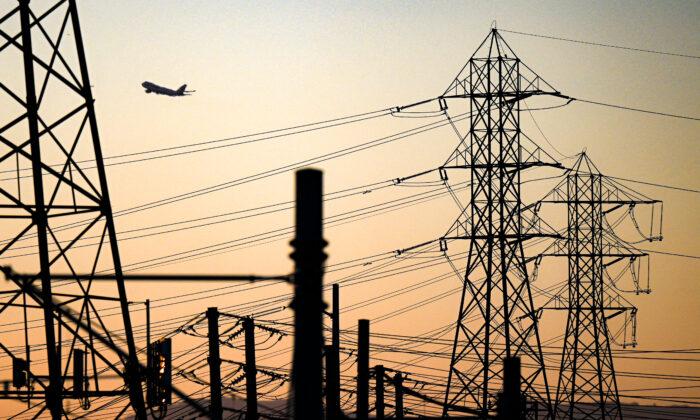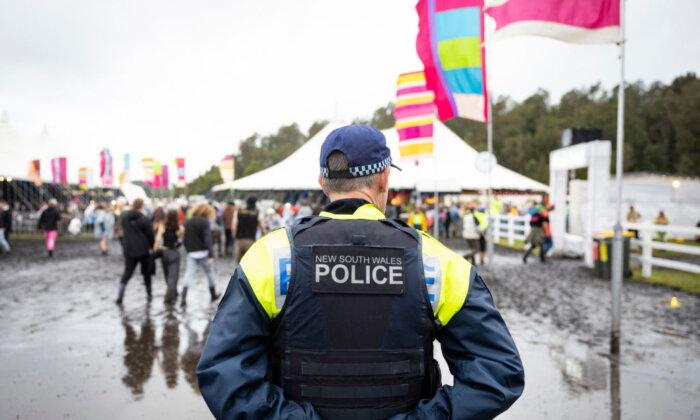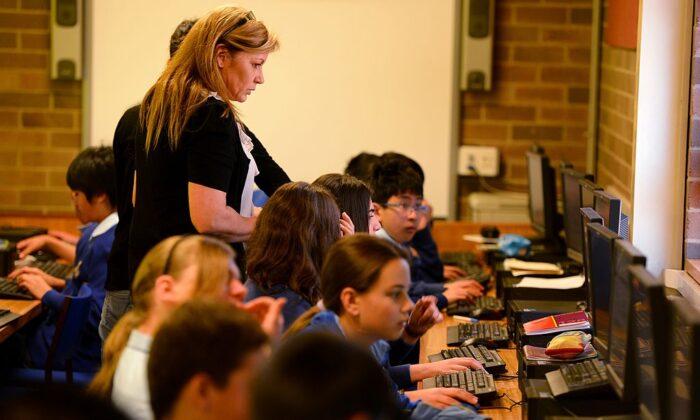Following a catastrophic storm on Feb. 13 that left over 530,000 homes in the dark, Victoria’s most extensive power blackout has prompted a comprehensive review to investigate its root cause and scrutinise the state’s infrastructure resilience and emergency preparedness.
The review, initiated into the operational response of electricity companies, comes in the wake of severe storms that swept across the state, damaging over 12,000km of powerlines and poles.
The review has six months to hand down its final recommendations.
Chaired by Rosemary Sinclair, former chief executive of Energy Consumers Australia, the panel includes notable members including Gerard Brody, former chief executive of the Consumer Action Law Centre, and Kevin Kehl, a former electrical engineer and executive leader at Powerlink Queensland and Energex.
“Extreme weather events like the Feb. 13 storms are becoming more intense and frequent and it’s critical our electricity distribution and transmission businesses are equipped to reconnect Victorians as quickly as possible,” she said.
The review will examine how companies follow state emergency management priorities and assess the effectiveness of their control room operations in directing the response to the event.
It will also look into how many field crews and technical resources were available to restore power quickly, and examine contingency plans for extra aid during emergencies.
Further, it will assess how well companies communicate with customers and authorities, including through text messages, call centres, and outage trackers.
Communities and stakeholders will have the opportunity to provide input through public meetings or written submissions, and input will also be sought from the Australian Energy Market Operator (AEMO), Australian Energy Regulator, Energy Safe Victoria, and Essential Services Commission.
An interim report will be delivered in June, with the final report scheduled for Aug 2024.
Power Station Shutdown Sparks Feb. 13 Outage
The sudden shutdown of all four units at the Australian Gas Light (AGL)’s Loy Yang A power station in the Latrobe Valley triggered the Feb. 13 power outage shortly after 2 p.m.At 2:50 pm, Ms. D'Ambrosio confirmed that half a million homes were plunged into darkness following the transmission tower collapse.
While AGL and AEMO battled to restore power, Ms. D'Ambrosio said discussions were held with AEMO’s CEO about the unprecedented impact of extreme weather on Victoria’s power grid.
Citipower spokesperson Emma Tyner highlighted the extensive damage from extreme weather conditions, with nearly 400 network faults resulting from strong winds and lightning strikes.
During the chaos, AEMO had to deliberately cut off electricity to some people in Victoria (load shedding) to handle the supply shortage, exacerbating the situation for affected customers.
At around 4 pm, AEMO stopped the load shedding, which had been done as a last resort to stabilise the power system.
Nearly all customers (99 percent) had their power restored over a week later, on Feb. 22.
Meanwhile, the outage led to a sharp rise in wholesale power prices, with Victorian prices hitting $16,600 (US$10,868) per megawatt hour, compared to $286.97 in New South Wales.
The demand-driven surge in power prices was temporary in Victoria.
Wholesale power prices in Australia are dropping significantly after two years of high prices following the Ukraine war, which triggered an energy crisis.






